Many of London’s garages have now gone. Peter Marshall captured a few on camera as he strolled about the city in the 1980s and 90s.

Halstow Garage, Westcombe Park, Greenwich, 1990
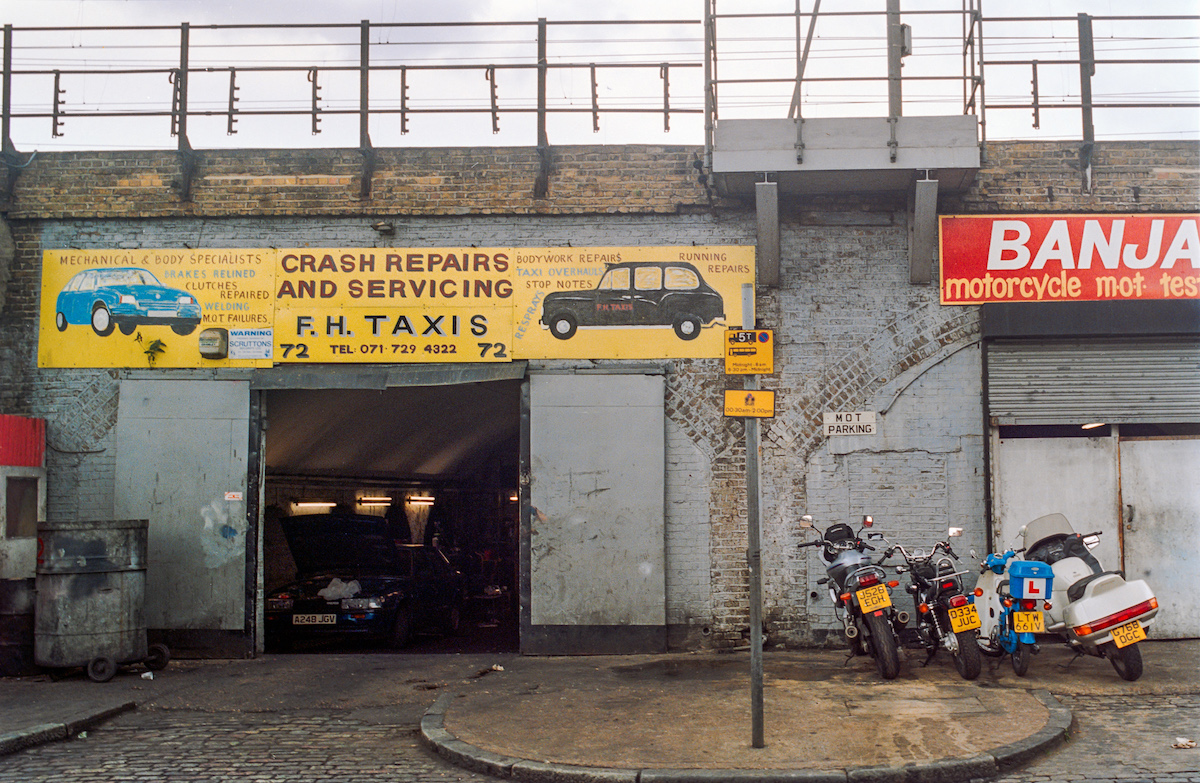
F H Taxis, Railway Arches, Dunbridge St, Bethnal Green, Tower Hamlets, 1993
The Romans founded London in 43 AD, and brought roads with them. As the hub of Roman Britain, straight road suited to invading marching up and down began in London and stretched out. The Anglo-Saxons who came later preferred roads that followed river bends and natural curves in the land. Medieval ruler built more. The 14th Century map bequeathed by Richard Gough to the Bodleian Library at the University of Oxford showed a national road system that centred on the city.
Fast forward to the Industrial Revolution and London’s swollen population needed more of everything. Several more ring roads were constructed in the early part of the 20th Century, and in the 1960s highway planning was dominated by the idea of ‘predict and provide’ – you work out how many car journeys there will be in ten years time, and then build the roads needed to accommodate them. As car ownership was growing and public transport was not, London’s highways planners kept predicting they’d need more roads. (You can read about the how that policy nearly destroyed London here).
Today cars are seen as bad things in the city, with successive mayors keen to drive more people onto the over-priced, creaking Tube system. The introduction of pay to enter zones and eye-watering high parking charges has made driving in London expensive and easily affordable for only the better off. And feweer cars means fewer garages to service them.

Garage, Rothbury Rd, Hackney Wick, Tower Hamlets, 1992

Car Parts, Rothbury Rd, Hackney Wick, Tower Hamlets, 1992

Pedley St, Bethnal Green, Tower Hamlets. 1980

Car Sales, Albany Rd, Walworth, Southwark, 1988

Piston Broke, Dirty Den’s, Car Spares, Ripple Rd, Barking, Barking & Dagenham, 1990
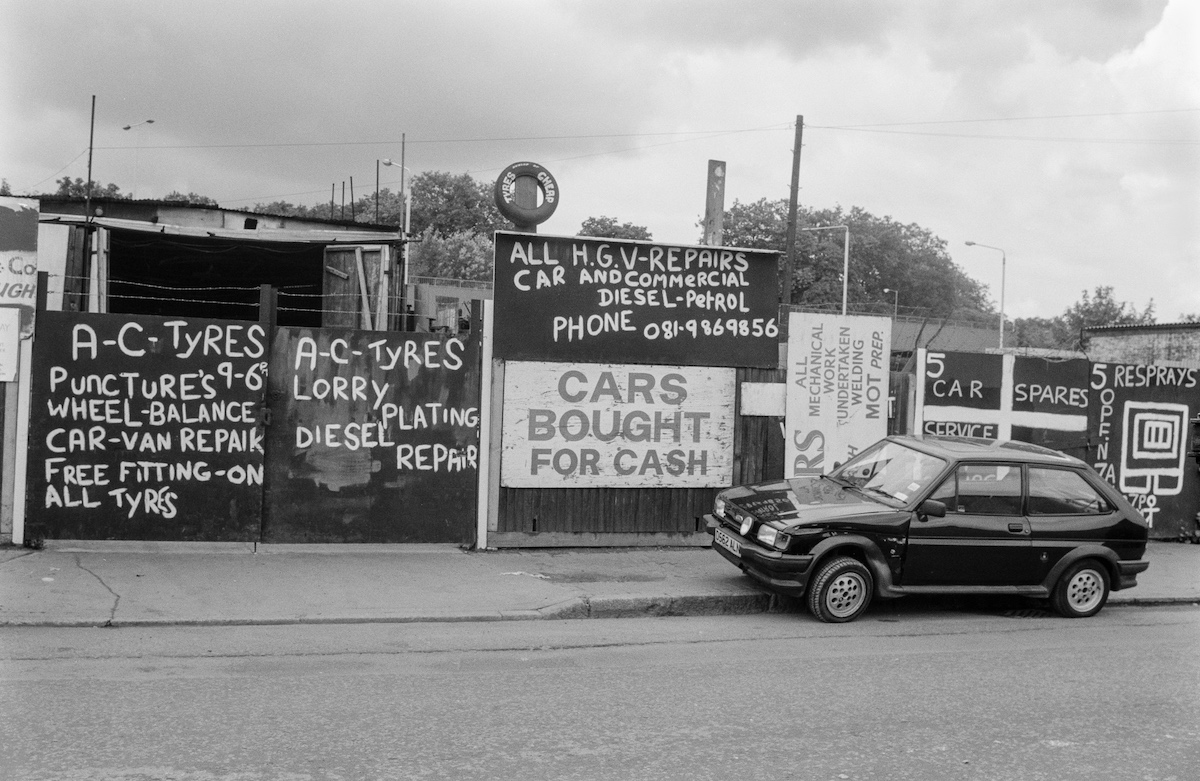
Car Spares, Rothbury Rd, Hackney Wick, Tower Hamlets, 1992
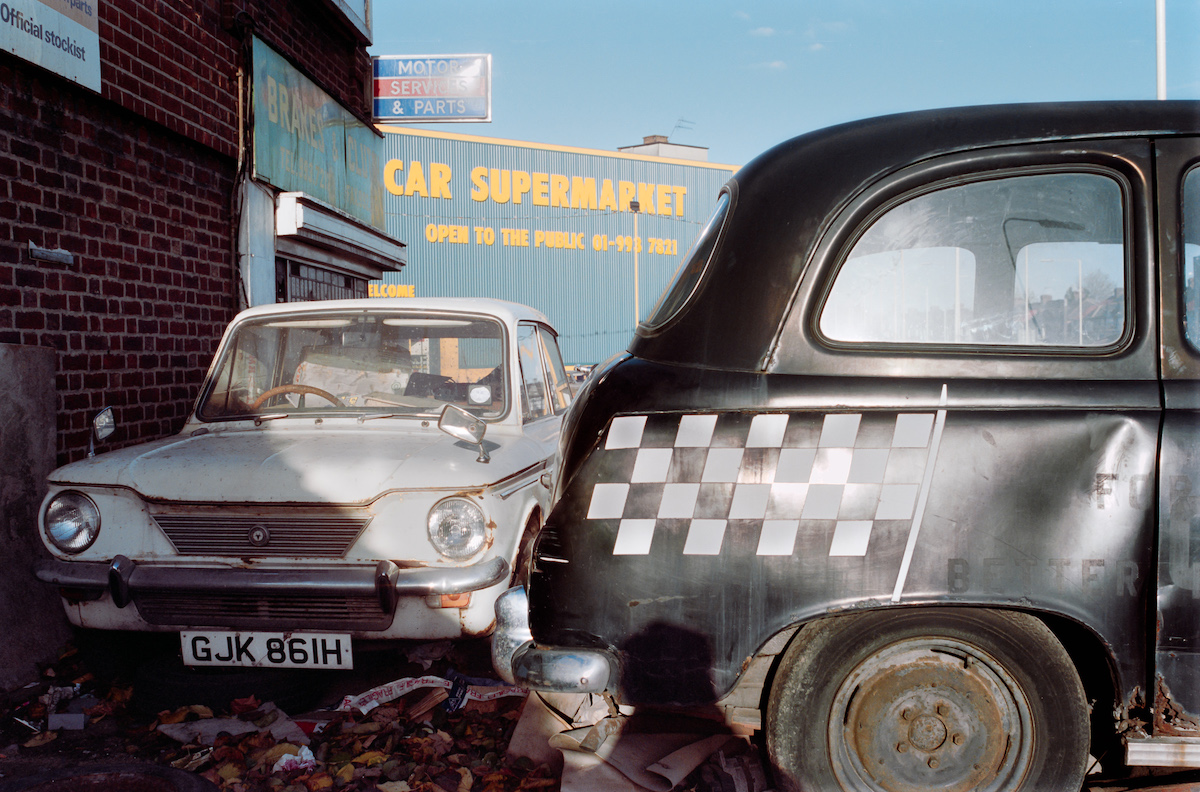
Car Supermarket, Acton, Ealing, 1990

Voltaire Motors, Voltaire Rd, Clapham, Lambeth. 1980


Garage, Railway Arch, Ridgway Rd, Loughborough Jct, Lambeth, 1989

Three Colts Garage, Three Colts Lane, Bethnal Green, Tower Hamlets, 1993

RJP, Garage, Plato Rd, Brixton, Lambeth, 1989

Acton Broadway Garage, Acton, Ealing, 1990

Garage, Bromell’s Rd area, Clapham, Lambeth, 1992

Garage, Westcombe Park, Greenwich, 1990

Garage, Kings Rd, Chelsea, Kensington & Chelsea, 1988
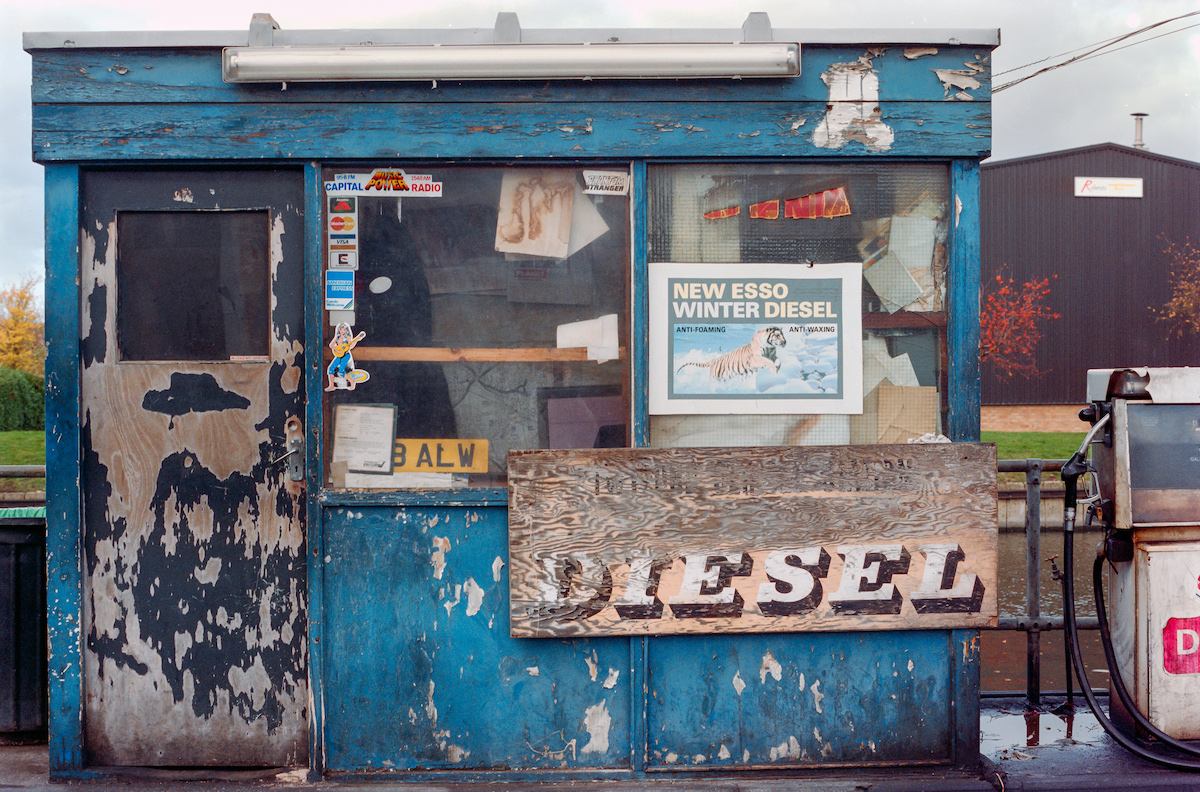
Garage, Twyford Abbey Rd, Park Royal, Brent, 1990

Garage, Armoury Way, Wandsworth, 1991
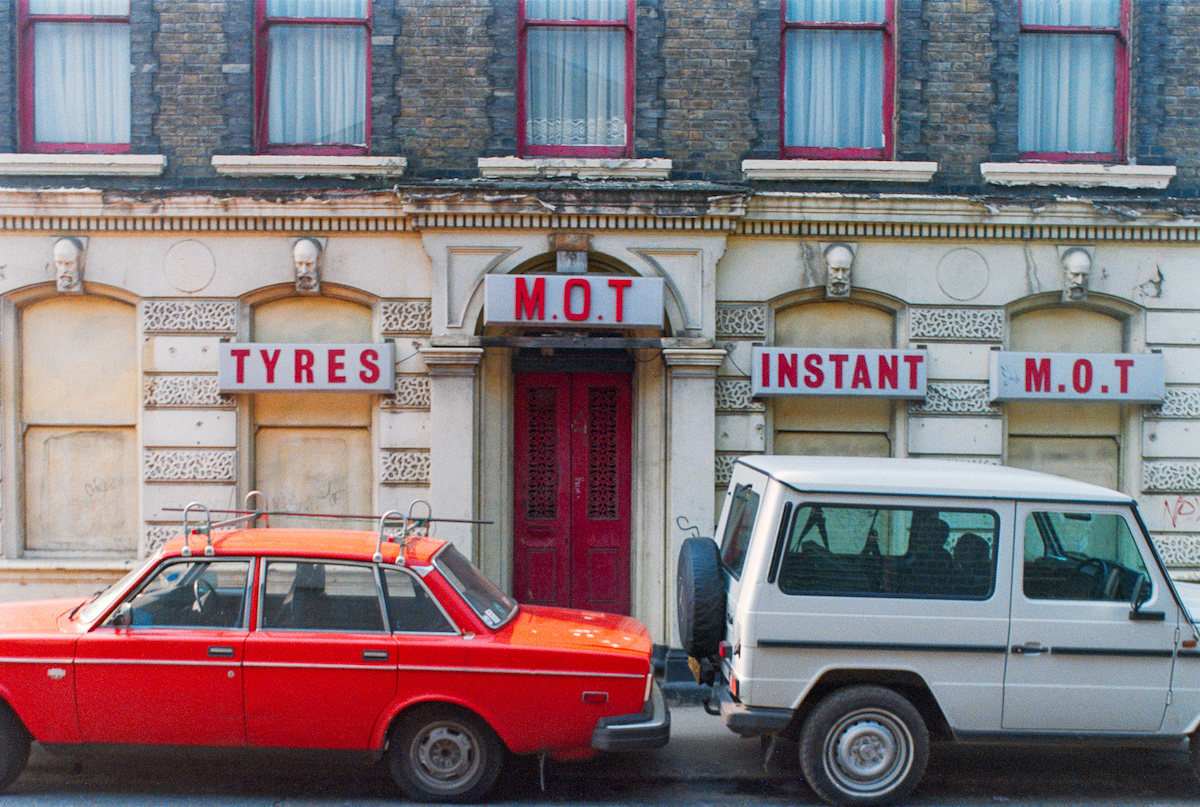
Garage, Lothian Rd, Camberwell, Lambeth, 1989

Kaporta Boya, Elektrik Servis, Sovereigh Garage, London, 1993

Enid Garage, Old Jamaica Rd, Bermondsey, Southwark, 1988

Garage, Camberwell Station Rd, Camberwell, Southwark, 1989

Garage, Bromell’s Rd area, Clapham, Lambeth, 1992,

Garage, Rothbury Rd, Hackney Wick, Tower Hamlets, 1992

Hope Garage, Brighton Road, Stoke Newington, Hackney, 1989

L & B Autos, Garage, Hackney Wick, Tower Hamlets, 1992

Garage, Rothbury Rd, Hackney Wick, Tower Hamlets, 1992